In May 1851 , only a few months after Australia's first Gold rush started at Ophir, gold was found at present day
Lucknow. The
Wentworth Goldfield (named after the early land owner W C
Wentworth) was initially an alluvial field, but the wealth of the lode lay underground . A comprehensive network of mines was established during the late 1800s , the remnants of the mining operations still dominating the
Lucknow village landscape.
During the late 1800s, a series of dams was constructed along Fredericks Valley Creek to provide water storage for the mines. The blueastone walls of these structures are still evident. To the East of
Emu Swamp Rd, the 'Boat
Dam' was constructed and used by the
Lucknow village community for
recreation. Swimming, rowing, and boat regattas were held on the
dam.
By the early 1900s, the mines had flooded due to the rising water table, and much of the goldfield was abandoned. A resurgence in mining occurred during the 1930s but by the 1940s the boom years of
Lucknow and it's mines were over. Today
Lucknow services the surrounding rural community , it's poppet heads and mullock heaps remaining as testimony to the village's historic mining history.
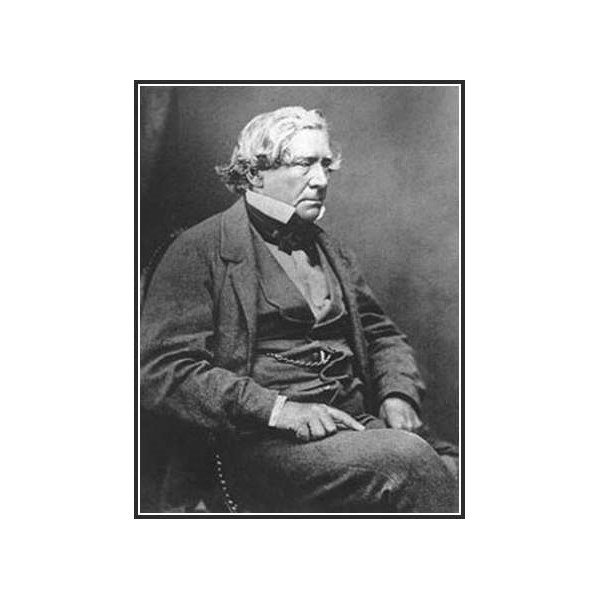
William Charles Wentworth, c. 1861
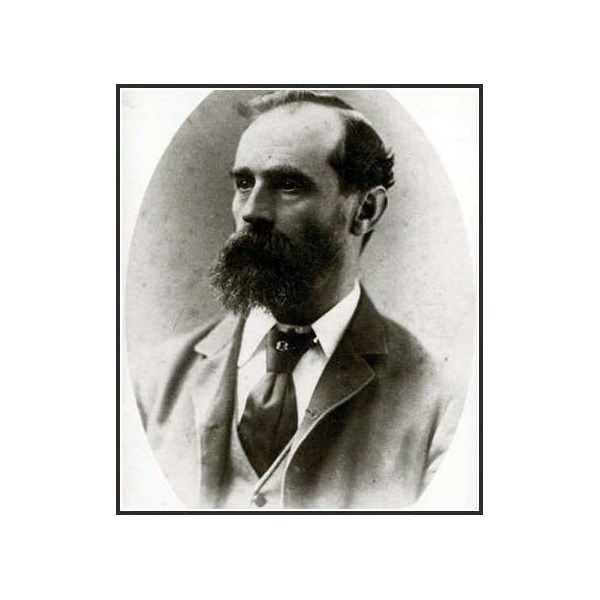
H.W Newman passed away 1st June 1904 aged 63

H.W.Newman, draper and grocer
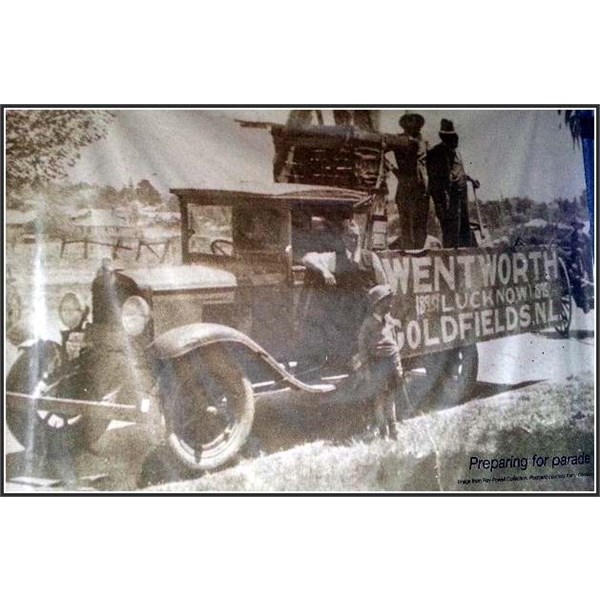
Ready for a Parade
The
Lucknow workers strike was against the reduction in wages, the new system of grading pays and to protect the miners against ‘the perpetual search warrant’.
There was a lock out by Superintendent Warneford Lock. Up until then, the miners were receiving 7s 6d per day and the truckers were receiving 6s 6d per day. When the miners resumed work, they found that the new pay system had been introduced at a lower rate of pay. First class miners were to receive 7s per day, second class miners 6s 5d per day and truckers 6s 6d per day.
Pilfering of gold occurred on a grand scale at
Lucknow. The superintendent, Mr Lock, and management of the
Wentworth Proprietary Company were very aware of this problem but were unable to stop it. Because of the theft of gold, miners were required, before leaving the
mine each day, to enter the change rooms to be searched. Under the new system they were also required to consent to their house being searched whenever requested by the superintendent.
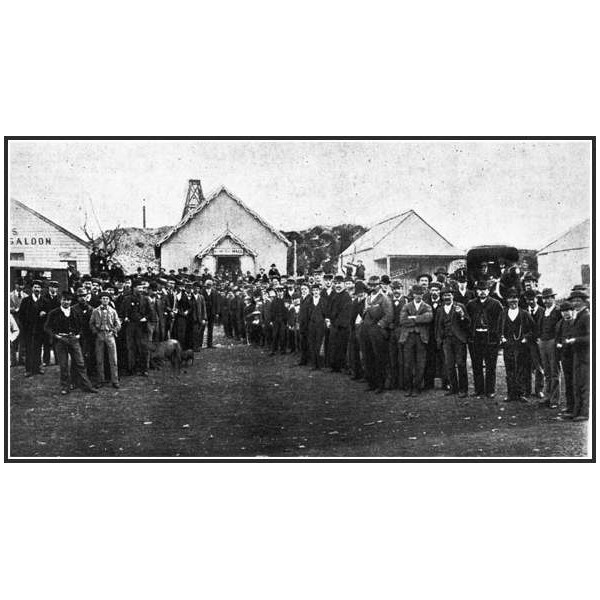
Striking miners outside Miners Hall, Lucknow, 1897
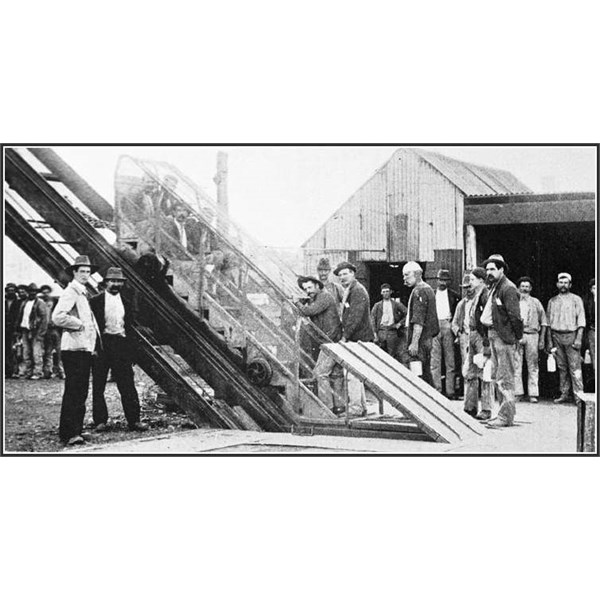
man-cage Wentworth mine
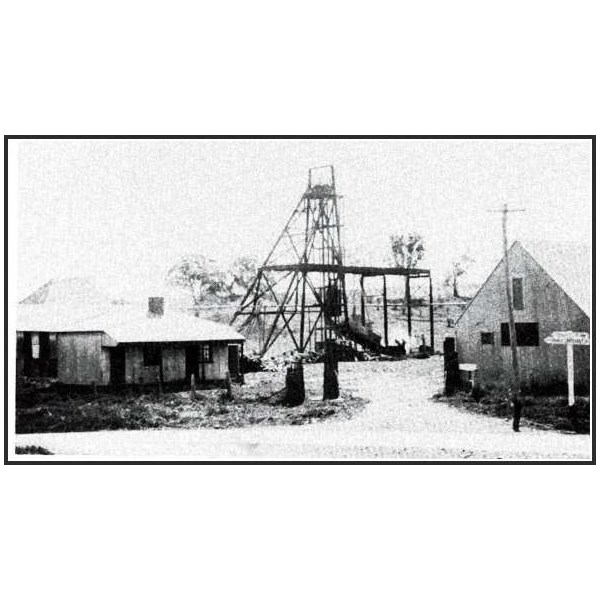
The entrance to Wentworth Main mine in 1935, with the office and pay office on the left and the equipment store on the right.

Interior of Equipment Store Shed
This did not stop the stealing, so the police commenced patrolling the village by day and night.
The strike lasted 13 weeks during which time many of the miners left
Lucknow and moved on to other gold fields. Those who stayed went back to work but more as tributers, doing their own prospecting, and paying the company a commission for the gold found. The Directors in London appeared, on the surface, to think that the strike had been a good thing, as it had introduced a superior stamp of miner and there had been a thorough breakup of the old local gang, thieves and receivers.
The Barrier Miner (
Broken Hill, NSW) reported on Monday 3 April 1893 ‘The
Lucknow gold
mine, in the
Orange district, has been again the scene of a shocking disaster.’
‘Thomas Nicholls and Francis Dobson, both miners, were boring by hand preparatory to putting in a shot, when it is supposed that they came on a missed shot. A terrific explosion immediately followed. They were working in the main shaft, and so got the full force of the upheaval. Both Nicholls and Dobson were killed instantly. The latter, indeed, was blown to atoms, while the former’s head was blown off.’ ‘Two others, Thomas Dobson and Richard Bond, were somewhat more fortunate, though they are seriously injured and mutilated.’
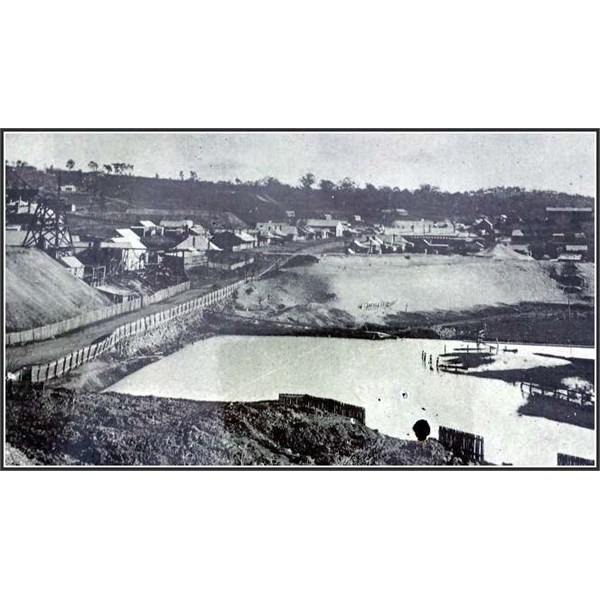
Lucknow Village about 1900
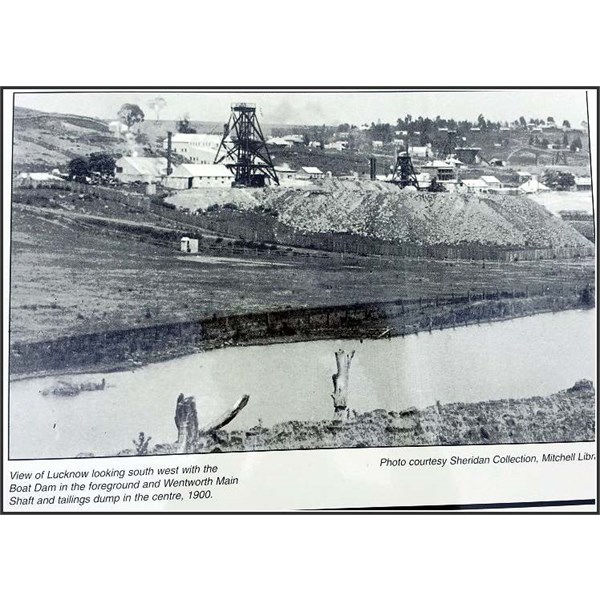
View of Lucknow looking South West

Tangye Dam, Lucknow
The
Wentworth Main
Mine tells the story of goldmining in the Central West, from its early stages in the 1850s, through three stages, until its closure in the 1950s. It has been estimated that the fields yielded around 14,000 kg of gold in all
One hundred and sixty years on, the landscape around
Lucknow is still dominated by its gold mining
heritage. Poppet heads,
mine buildings, mullock heaps & bluestone
dam walls are still plainly visible in & around the village.
Lucknow, near
Orange, which was worked extensively from 1862 to 1867, yielding 504 474 oz to 1923.
The two five-head stampers in the Stamper Battery Shed were manufactured by T Hodkinson and Co. Engineering Works, Newtown, NSW and are numbered No 55 and No 56. The battery’s foundations are built of concrete to keep the stamper mounted in the one position and stop it from shaking. No other machine reduces ore as
well as a gravity stamp. These stamps were able to reduce 100mm (4ins) quartz to sand at a rate of approximately 1 tonne per hour using 11.190kw (15hp) per 10 head stamper.
Water is fed into the boxes to wash the ground sand and gold over copper plates coated with mercury. Water from the bailing buckets was directed by a shoot into the battery; the greater quantity of water the more rapid was the stamping.
At the
Wentworth Main shaft a number of buildings were erected in July 1935: fitting shops, miners’ change rooms, a manager’s office and a battery shed. A cyanide plant was erected to rework tailings. A ten-head battery was also installed, intended to crush ore from ‘several of the old dumps’ on the Company’s leases. The Stamper Battery was idle for the latter half of 1935 and during 1936 it ran intermittently.

The stamper battery shed
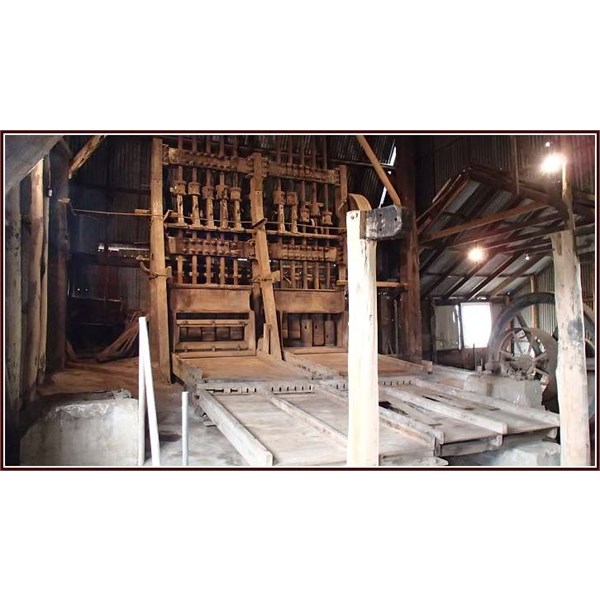
The Stamper and it still works
In 1936 a new board was elected, with William AJ Marshall as chairman, supported by his brother Alexander Marshall, and two investors, Francis H Galloway and Reginald Braid (who was Alexander’s brother-in-law). All four continued as directors until after World War II. Francis Galloway passed away in 1950,
Lucknow engineer Eric J Taylor was appointed in 1952 and Braid left in 1955.The Marshalls were not involved in the formation of
Wentworth (
Lucknow) Company, but were keenly aware there was only one ‘lost reef’ in the northern part of the
Lucknow field, where Bismarck Range was operating and there were ‘ten rich lost reefs’ in the south. They bought 45,000 shares in the
Wentworth (
Lucknow) company
In a project jointly funded by
Orange City Council and the
Heritage Branch of NSW, the
Wentworth Mine is being conserved and re-opened to the public. One of the galvanised iron sheds hides an almost complete stamper battery, together with all its gold processing equipment, just as if the miners left yesterday, instead of 60 years ago. This is one of only a handfull of stamper batteries in Australia that survive in good condition.
EHA recently assisted Council in the reconstruction of the Wilfley or shaking tables, which were used to extract the last grains of gold from the ores. From the stamper battery, the crushed ore passed over a first set of tables. Mixed with mercury, much of the ore would be precipitated for separate processing, but larger particles passed onto the second set of Wilfley tables, made of timber with surfaces clad in canvas, where the gold would be collected. Failing this, gravity separation was used as a third method of retrieving the gold, in galvanised iron tanks. This ore would finally be treated with cyanide to separate the gold.
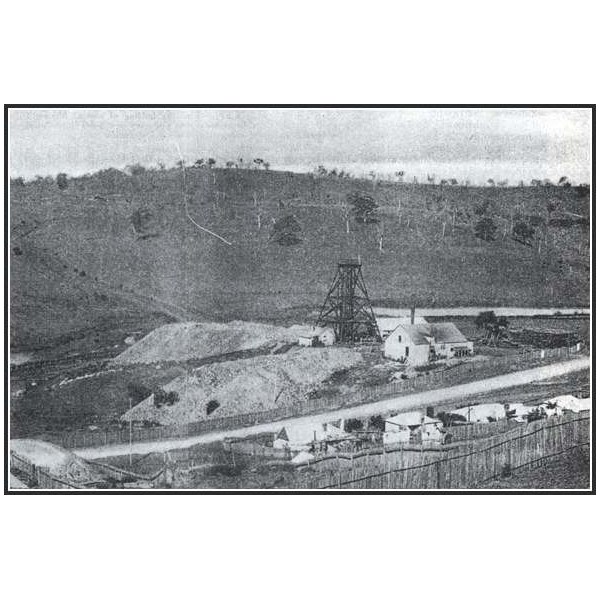
Wentworth Main head-frame and winding-house in c1895
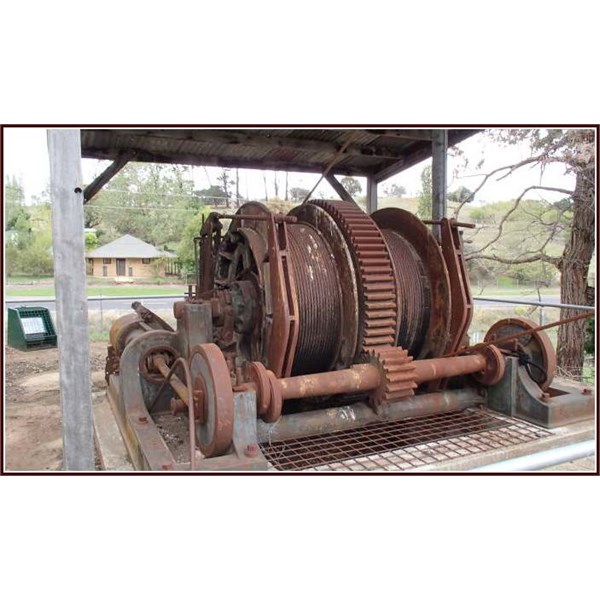
The Winch
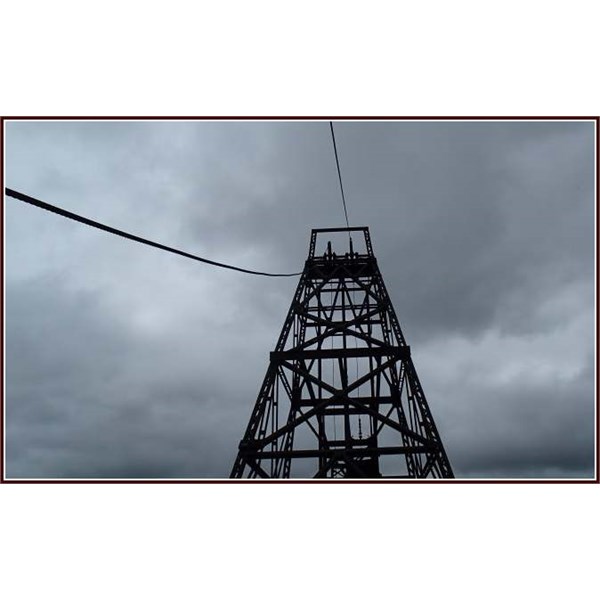
Winch Cables to top of main head-frame
While the stamper battery shed has been used for later farming purposes, much of the equipment was left where it stood. The Wilfley tables had been dismantled and moved into a corner. Although partly damaged, it was these tables that were put back in their original position in 2009, supported on a simple timber frame, so that their weight was taken off the fragile timber legs that had allowed the tables to shake or sway back and
forth during processing. The works were originally powered by a simple horizontal steam engine, most of which is still intact.
.